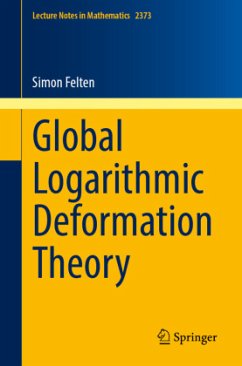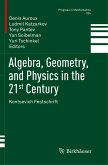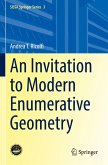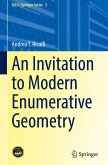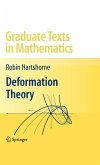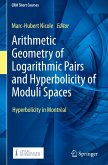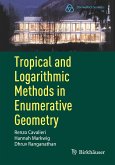This monograph provides the first systematic treatment of the logarithmic Bogomolov-Tian-Todorov theorem. Providing a new perspective on classical results, this theorem guarantees that logarithmic Calabi-Yau spaces have unobstructed deformations.
Part I develops the deformation theory of curved Batalin-Vilkovisky calculi and the abstract unobstructedness theorems which hold in quasi-perfect curved Batalin-Vilkovisky calculi. Part II presents background material on logarithmic geometry, families of singular log schemes, and toroidal crossing spaces. Part III establishes the connection between the geometric deformation theory of log schemes and the purely algebraic deformation theory of curved Batalin-Vilkovisky calculi. The last Part IV explores applications to the Gross-Siebert program, to deformation problems of log smooth and log toroidal log Calabi-Yau spaces, as well as to deformations of line bundles and deformations of log Fano spaces. Along the way, a comprehensive introduction to the logarithmic geometry used in the Gross-Siebert program is given.
This monograph will be useful for graduate students and researchers working in algebraic and complex geometry, in particular in the study of deformation theory, degenerations, moduli spaces, and mirror symmetry.
Part I develops the deformation theory of curved Batalin-Vilkovisky calculi and the abstract unobstructedness theorems which hold in quasi-perfect curved Batalin-Vilkovisky calculi. Part II presents background material on logarithmic geometry, families of singular log schemes, and toroidal crossing spaces. Part III establishes the connection between the geometric deformation theory of log schemes and the purely algebraic deformation theory of curved Batalin-Vilkovisky calculi. The last Part IV explores applications to the Gross-Siebert program, to deformation problems of log smooth and log toroidal log Calabi-Yau spaces, as well as to deformations of line bundles and deformations of log Fano spaces. Along the way, a comprehensive introduction to the logarithmic geometry used in the Gross-Siebert program is given.
This monograph will be useful for graduate students and researchers working in algebraic and complex geometry, in particular in the study of deformation theory, degenerations, moduli spaces, and mirror symmetry.

